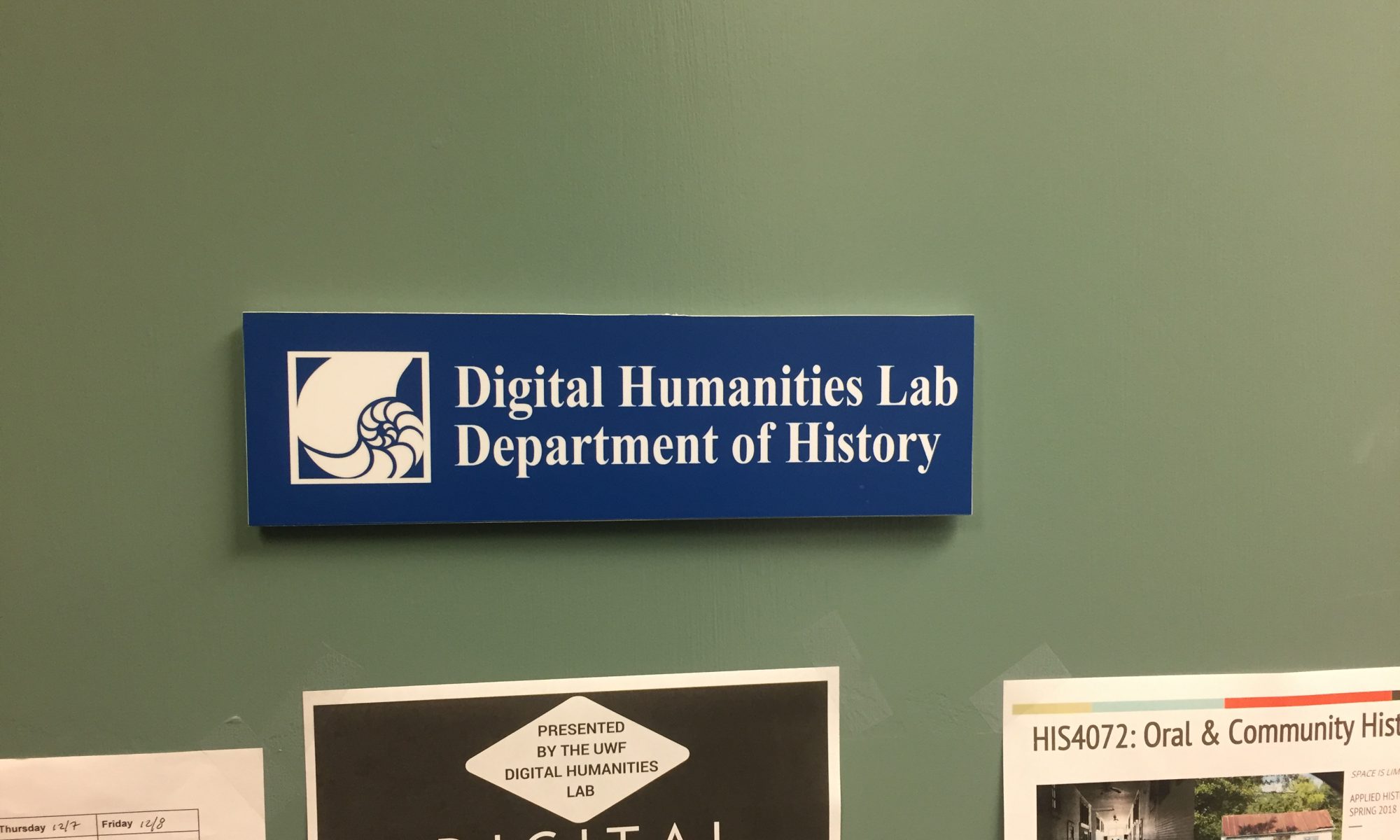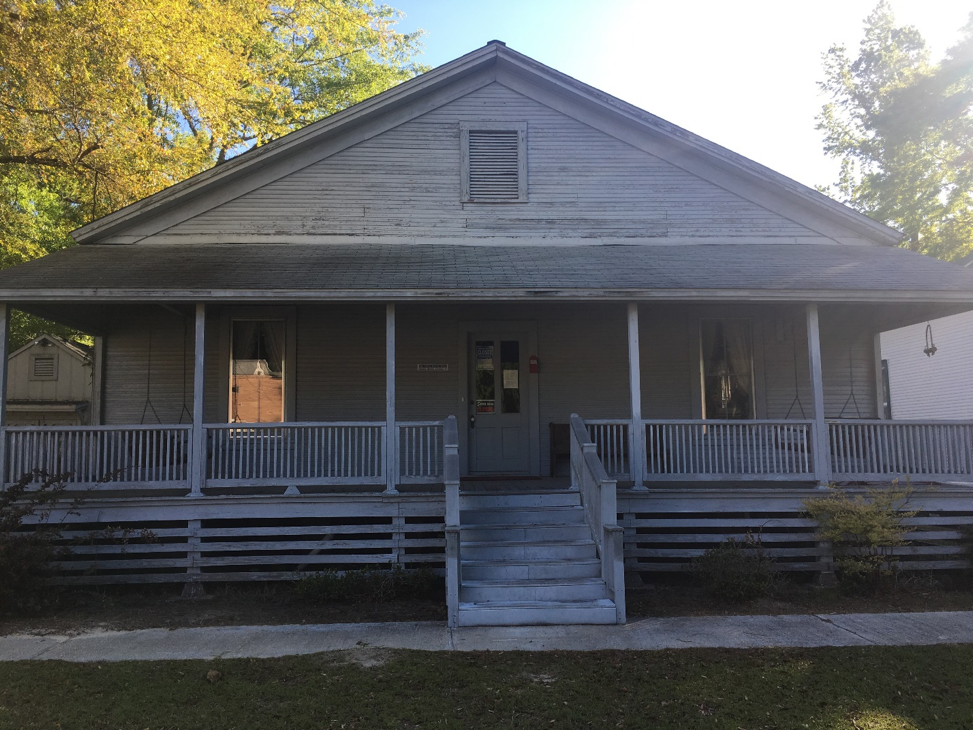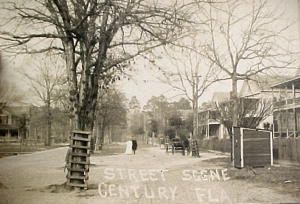
The Alger-Sullivan Residential Historic District, located on the eastern edge of Century at the northern tip of Escambia County, is a key component of the Lumber Landscape. This site demonstrates how the impact of the lumber industry expanded beyond the operations at the sawmills. As a company town constructed by a sawmill business, the site still retains a strong connection to the sawmill. Company towns served as a necessity for sawmills located in remote regions where housing and everyday living amenities were scarce. Company towns provided for the needs of the mill workers while simultaneously ensuring the company had a nearby workforce to run their sawmills.
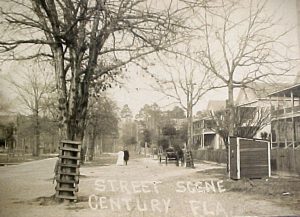
General Russell Alexander Alger and Martin H. Sullivan established the Alger-Sullivan Lumber Company in 1900. Before coming to Florida, both men resided in the north. Like many other northern businessmen in the late-nineteenth and early twentieth century, the exhausted forests of the north pushed them south to exploit the vast untouched resources located there. By 1901, the lumber company decided to erect a mill and company town in Teaspoon, later renamed Century.
The sawmill company considered all employee needs while planning the mill town. They constructed buildings to house a meat market, pharmacy, doctor’s office, barber shop, ice house, commissary, and a twenty-seven-room hotel. They also built two recreational facilities, the Club House and the Recreational Hall, used for meetings, dances, and showing silent movies. The company also donated land and cheap lumber to help start the Methodist-Episcopal Church and the Baptist Church. They also donated land for a schoolhouse, which they built and sold to the local schoolboard. The company town featured four types of housing. Black workers resided in small shotgun houses, white workers resided in small, frame vernacular houses, the foremen and managers resided in comfortable, frame vernacular houses, and the officers and administrators resided in two-story houses. Each group of employees occupied a specific area of the mill town.
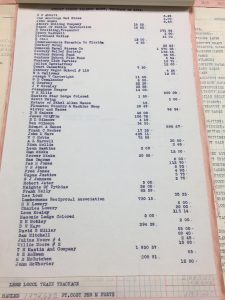
The Alger-Sullivan Lumber Company ceased production at the sawmill in 1957 and sold its facilities. The new sawmill owner also received all residences formally held by the company. Today, only a handful of the buildings survive with their original integrity. The remaining buildings form the Alger-Sullivan Historic District. The district includes forty-one residences, two churches, two recreational buildings, and a hotel. The Alger-Sullivan Historical Society maintains a museum, which is open by appointment, and the district is accessible and open to the public.
Recommended Readings
Drobney, Jeffery A. “Company Towns and Social Transformation in the North Florida Timber Industry, 1880-1930.” The Florida Historical Quarterly 75, No. 2 (1996): 121-145.
National Register of Historic Places. Alger-Sullivan Lumber Company Residential Historic District. Century, Escambia County, Florida. National Register 89001586.
Featured Image:
Leach House Museum, Alger-Sullivan Historical Society. April 8, 2017.
Author: Brianna Patterson
ORCID ID: 0000-0002-8037-3709
